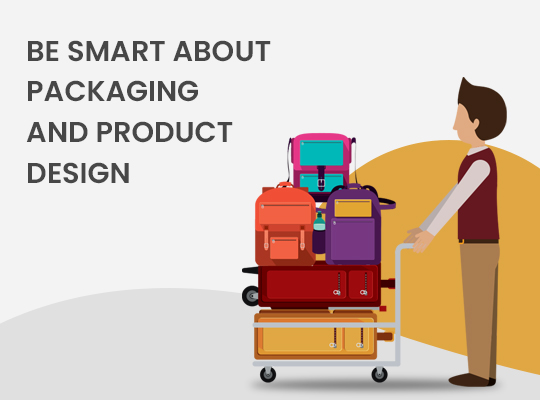Smart packaging and product design are crucial for businesses looking to improve their efficiency, reduce costs, enhance customer experience, and minimize environmental impact.
Sustainable Packaging
Material Selection
- Eco-Friendly Materials: Use recyclable, biodegradable, or compostable materials such as paper, cardboard, bioplastics, and plant-based materials.
- Minimalistic Design: Reduce material usage by designing packaging that uses the least amount of material necessary to protect the product.
Reusability
- Multi-Use Packaging: Design packaging that can be repurposed or reused by consumers, such as jars, bottles, or boxes that can serve other functions.
- Returnable Packaging: Implement programs where customers can return packaging for reuse, especially for e-commerce and subscription services.
Reduction of Waste
- Eliminate Excess: Avoid unnecessary layers and excessive use of materials. Design packaging to fit the product perfectly without extra padding or empty space.
- Efficient Design: Use innovative designs like flat-pack or collapsible packaging to reduce shipping volume and costs.
Compliance and Safety
Regulatory Compliance
- Legal Standards: Ensure packaging meets all regulatory requirements for safety, labeling, and environmental impact.
- Hazardous Materials: For products requiring special handling, design packaging that complies with regulations for hazardous materials.
Lightweight Materials
- Shipping Costs: Use lightweight materials to reduce shipping costs and improve fuel efficiency.
- Material Innovation: Explore innovative materials that are both lightweight and strong to ensure product protection.






